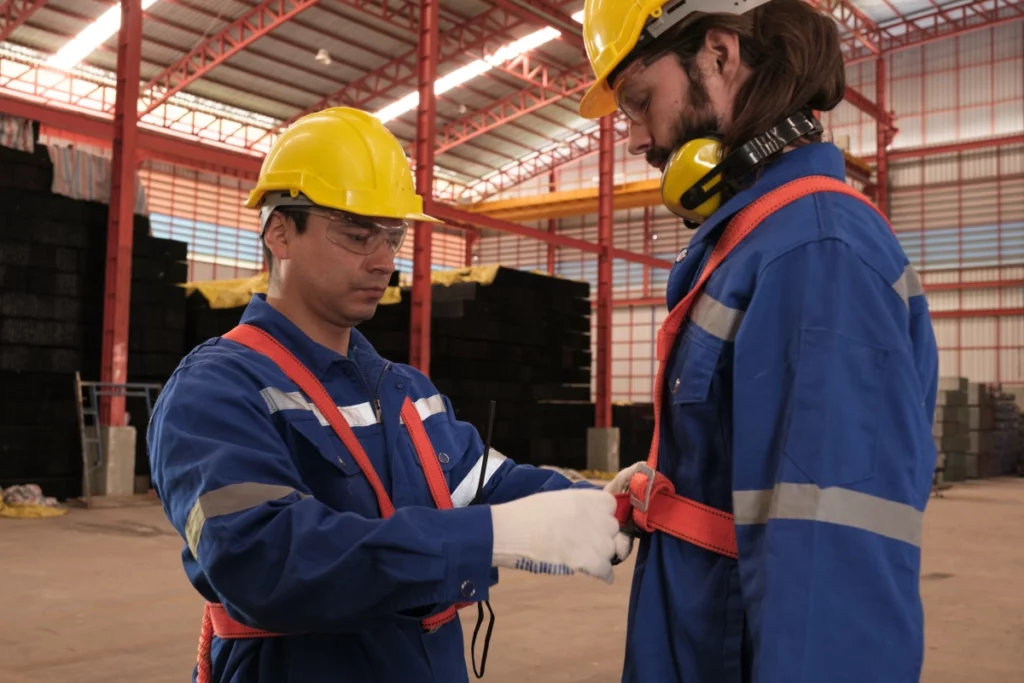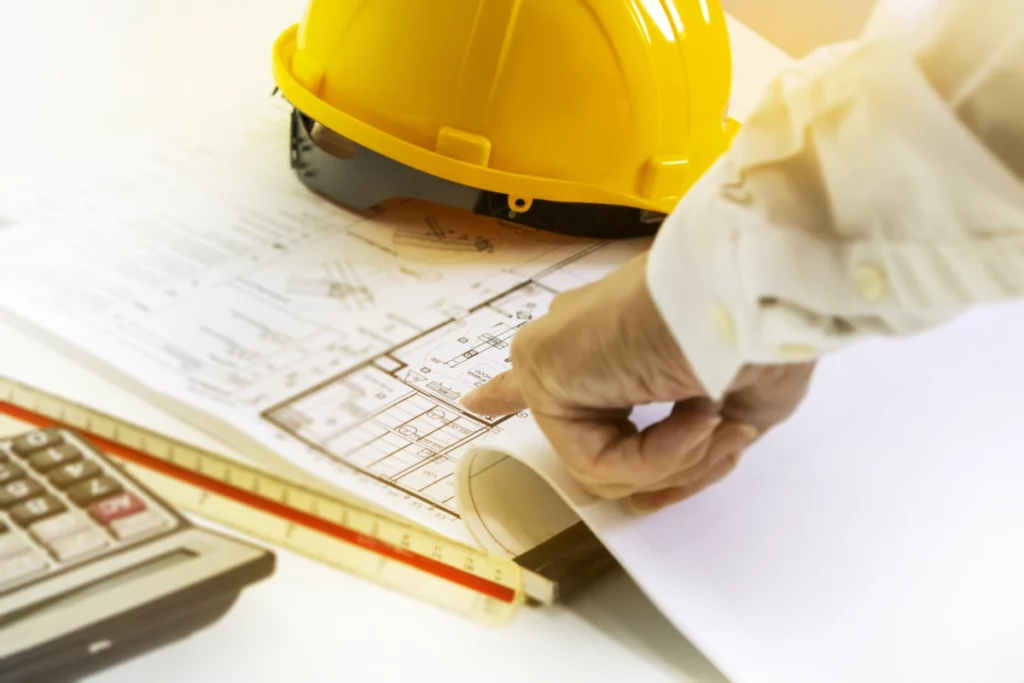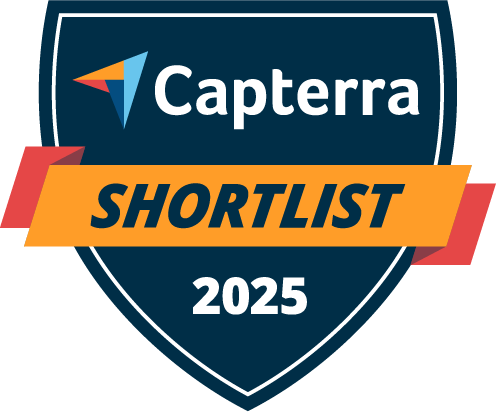Consider this: It is 6 am, bright & early on your job site. The concrete trucks are already lined up, ready to pour. However, you receive a call from one of your foremen.
“There’s a problem,” says the foreman on the call.
As the site super, you brace yourself for the bad news.
“The telehandler we needed to lift the materials has a hydraulic leak. It’s down.”
This early in the day, while you’re still catching up on work logs from the day before, you’ve already been thrown a curveball. You put your problem-solving hat on, your brain running at one-thousand-thoughts an hour. Crew members will have to wait on the clock while costs pile up with every passing minute.
Such scenarios are commonly seen on construction sites. With no backup on hand for broken equipment, your maintenance costs are expected to climb every minute, and your project risks getting delayed.
Do you think the equipment breakdown was simply “bad luck” or the result of bad planning? Think hard about it.
The answer matters to project managers more than ever. In today’s competitive construction market, maintenance isn’t just a budget line item—it’s the silent force that shapes your project timelines, workers’ safety, and profit margins.
Challenges like technician shortages, rising equipment costs, and fuel price spikes are squeezing your already stretched maintenance budget and margins. To overcome this, maintenance should be considered as one of the most powerful levers for growth.
Keep in mind that maintenance is not only about fixing your broken skid steer—it is about preventing project delays, risks, and cost overruns that can disrupt your biggest construction projects.
Equipment downtime is a hidden growth killer for project managers
Equipment downtime is a real thing. Only 8.5% of construction projects finish on time and within budget—and guess what? Equipment downtime is a significant force behind these delays.
Every minute of equipment downtime costs far more than just repair fees. It leads you to lost productivity, delayed subcontractors, overtime pay, and sometimes even rework.
According to the Aberdeen Research report, the cost of downtime is staggeringly high for companies; around $260,000 per hour across all industries. But this is just the tip of the iceberg.
When a key equipment breaks down unexpectedly, project managers scramble to reschedule, operators remain idle or are reassigned, subcontractors wait—or worse— they walk away, and jobs overrun, pushing other bids out of reach.
Consider this example: On a mid-rise build in Houston, a failed compact excavator halted prep across three trades. Instead of moving on to concrete, framing, and plumbing, every team had to sit idle. The project manager estimated that the ripple effect cost them $12,000 in lost productivity, along with a strained client relationship.
So what’s the takeaway from this example? More uptime means there will be more jobs you can confidently commit to. Maintenance is not just about fixing and repairing breakdowns; it’s about creating capacity for growth.
Safety and compliance are directly tied to maintenance
When maintenance is neglected, it not only affects timelines but also jeopardizes your workers’ safety and regulatory compliance.
Missed inspections or reactive repairs can lead to OSHA violations, accidents, and increased insurance premiums. Moreover, the team morale decreases when workers don’t feel confident in the equipment they’re about to use.
Let’s consider this scenario: A project manager swaps in an uninspected lift to keep the job moving. The crew members hesitate to use it, delaying the job for four hours, and soon, the tension starts to build up. What’s the fallout here? A missed milestone, leading to a rattled client.
With the construction industry facing an increasing shortage of technicians skilled in both mechanical and digital diagnostics, skipping inspections for equipment becomes even riskier. There’s less margin for error.
With proactive inspections, digital checklists, and scheduled maintenance, you reduce risks and raise confidence across the site.

Preventive maintenance = Predictable margins
Preventive maintenance replaces uncertainty with predictability. When you treat maintenance as a reaction, your margins will ride the rollercoaster. On the other hand, when you make it routine, you will be able to build predictability into your maintenance costs, maintenance scheduling, and capacity.
The math is pretty simple: Replace a hydraulic hose during an inspection, and it costs you $100. If you wait until it breaks down mid-job, then you will have to bear $5,000 plus overtime and potential damage to other systems.
According to the U.S. Department of Energy, predictive maintenance can help you save 30-40% (compared to reactive maintenance), or save 8-12% (compared to preventive maintenance).
Planned maintenance will always cost you less money, take less time, and give your team more breathing room. When your bottom line is not constantly disrupted by surprise breakdowns, you can plan your investments better, grow your business confidently, solidify your relationships with vendors and clients, and even pre-book projects.
One of the Reddit users speaks highly of predictive maintenance here:
Comment
byu/ElectroBizDev from discussion
inIndustrialMaintenance
Smarter maintenance improves asset lifespan and ROI
Without a doubt, well-maintained equipment works longer, performs better, and delivers a higher return on every dollar that you’ve spent. Construction fleets are often underutilized simply because maintenance visibility is poor.
A recent study suggests that preventive maintenance can extend asset lifespan by 20 to 40 percent. This means:
- You don’t have to purchase new equipment as often
- You will depend less on rentals
- Each equipment will give you a better ROI
Consider this scenario: At a fast-growing construction company, the equipment manager set up usage-based service reminders in EZO, the construction equipment management solution that he was using. Instead of just scheduling maintenance by calendar dates, service alerts were triggered after every 250 hours of use. This led to fewer breakdowns and helped three machines run 18 months longer than expected.
Every extra year you get from your equipment saves you thousands in costs and earns you more through reliable performance.
Real example: How AX Construction turned maintenance challenges into wins
Based on a real customer success story.
AX Construction, a leading Maltese contractor, was juggling more than 50 active project sites and thousands of tools and heavy equipment. But reliance on spreadsheets meant low visibility, missed maintenance schedules, and costly downtime.
After implementing EZO, the team gained real-time visibility across 2,000 assets, centralized all maintenance data, and set up automated service schedules. With reminders and reports sent straight to stakeholders’ devices, overdue maintenance dropped significantly.
The result? Higher uptime, improved compliance with safety standards, and more predictable project delivery. In fact, EZO’s visibility and efficiency helped the team aim for zero equipment downtime while maintaining AX Construction’s reputation as Malta’s most organized contractor.
What’s holding teams back from maintenance maturity?
Despite the impact, many maintenance teams still depend on:
- Paper logs or whiteboards
- Spreadsheets with scattered service dates
- No shared visibility across jobsites or departments
- No real tracking of downtime costs
What’s the impact? Maintenance remains invisible—until something breaks. A supervisor would never know a piece of equipment is not working properly until it breaks down.
Teams lack confidence in their equipment health, resulting in over-purchasing, under-utilization, and lost project capacity.
The construction industry struggles with a growing shortage of technicians skilled in both mechanical and digital domains—a critical threat as equipment increasingly features onboard diagnostics and IoT systems.
📥 Download our Maintenance Maturity Checklist here.
From cost center to growth driver: How to shift the mindset
Project managers, CFOs, and operations directors need to elevate maintenance into their growth strategy. Here’s how they can do it:
- Track downtime costs per equipment and project
- Make service logs visible to finance and ops leaders
- Align preventive maintenance with job schedules
- Automate alerts and inspections based on real usage
Remember, this isn’t just about cutting maintenance costs; it’s about scaling your operations smartly.
When maintenance becomes a shared, visible priority, you can improve operational maturity and position your company to grow without dealing with any repair-related chaos.
EZO helps you turn maintenance into momentum
EZO’s equipment maintenance management platform or construction management software is designed for construction teams that want to simplify their maintenance operations, reduce equipment downtime, and extend equipment lifespan without adding complexity.
With EZO, your team can:
- Schedule maintenance based on usage or calendar thresholds
- Track costs, downtime, and history for every asset
- Use an offline mobile app for field inspections and logs in dead zones
- Create service workflows tied to projects or teams
Whether you’re an equipment manager in the field or a CFO planning the bids for the next quarter, EZO brings clarity to your equipment and its maintenance strategy.
Final thoughts: Maintenance is the multiplier
Maintenance is not an isolated workflow—it impacts the timelines of your project, safety budgets, and your company’s reputation.
With equipment becoming more sophisticated, fleet costs skyrocketing, and market competition tightening, the construction companies that treat maintenance as a growth lever will be the ones venturing into new territories, while others will still struggle to keep up.
Maintenance should not be treated as an overhead; it should be treated as a growth enabler. That’s what streamlines your equipment control.
Before we head off, here’s a quote to remember:
“In construction, growth isn’t about doing more; it’s about breaking less.”
Start a free trial of EZO CMMS
Frequently asked questions
What does “equipment maintenance as a growth lever” mean?
It means using maintenance not just to fix breakdowns, but to drive business growth via uptime, cost savings, safety, efficiency, and reliability.
How does preventive maintenance boost growth?
Preventive maintenance reduces unplanned downtime, extends asset life, lowers repair costs, and improves productivity—all of which support better revenue and margins.
What is predictive maintenance and when should businesses adopt it?
Predictive maintenance uses data & sensors to detect upcoming failures. Adopt when you have usage data, critical assets, cost of downtime high—it pays off by avoiding large unexpected costs.
What KPIs show that maintenance investments are paying off?
Key metrics: mean time between failures (MTBF), mean time to repair (MTTR), maintenance cost per unit time, asset availability, downtime hours, and return on maintenance spend.
How do I reduce maintenance costs without reducing quality?
Standardize procedures, train operators, use better parts, schedule preventive or predictive maintenance, eliminate redundant tasks. Tools like EZO CMMS help track & optimize costs.
How does good maintenance improve safety and compliance—and why is that growth-relevant?
Regular inspections catch hazards early; compliance avoids fines; safer operations reduce liability. That protects reputation & avoids unexpected costs that stunt growth.
What’s the difference in ROI between reactive vs planned maintenance?
Reactive (fix-after-fail) is more expensive—unplanned downtime, higher repair costs. Planned approaches (preventive/predictive) have upfront cost but yield more reliable ROI over time.
When should a company upgrade from preventive to predictive maintenance?
When asset failure costs (downtime, safety, repair) justify investment; when you have consistent usage & data; and when preventive maintenance no longer meets reliability targets.
How can technology like CMMS help turn maintenance into a growth lever?
CMMS automates scheduling, tracks work orders, captures asset data, sends reminders, measures KPIs. Tools like EZO make this easier by giving centralized dashboards & alerts.
How much investment is required to see maintenance improve business growth?
Investment includes software, training, staff time, data setup. But visible gains (less downtime, better utilization) often occur within months when done well.
What role does operator/employee engagement play in maintenance growth?
Engaged operators catch issues early, perform basic inspections, follow maintenance schedules. That improves condition of assets, reduces failures, and supports growth.
How do I justify maintenance spending to leadership or finance?
Show metrics: cost avoided from downtime, fewer emergency repairs, lower insurance or warranty claims, better utilization. Use comparable case-studies or pilot programs.
What are common barriers to maintenance being used as a growth lever?
Barriers: budget constraints, lack of data, cultural resistance, reactive mindset, insufficient tools, unclear accountability.
How can maintenance data be used to forecast growth or investment needs?
Use usage history, failure frequencies, repair costs to predict when assets need replacing, when capacity must increase, or when additional assets/tools are needed.
How do scheduled inspections improve business outcomes?
They catch wear early, avoid major breakdowns, ensure warranties stay valid, reduce overtime and emergency repair costs—leading to smoother operations and growth.
Is it worth implementing mobile tools or IoT for maintenance?
Yes. Mobile tools facilitate real-time updates, photos, inspections in field; IoT provides sensor alerts (vibration, temp). Both enable faster responses and reduce downtime.
What maintenance strategy works best for small vs large fleets?
Small fleet: focus on preventive maintenance, high-impact assets, prioritize simple tools. Large fleet: invest more in predictive maintenance, analytics, full CMMS, data integration.
How often should maintenance strategy be reviewed to keep it growth-oriented?
Review quarterly for KPIs, operational issues; semi-annually for budget & strategy; annually for long-term growth planning & asset refresh decisions.
How does maintenance affect customer satisfaction and business reputation?
Reliable equipment leads to on-time project delivery; fewer breakdowns improve customer trust; good reputation helps win more business.
How can EZO.io tools help translate maintenance into growth?
EZO’s CMMS tools help automate preventive/predictive maintenance, track KPIs, schedule inspections, centralize records—giving insights and reducing downtime to fuel growth.
Was this helpful?
- Equipment downtime is a hidden growth killer for project managers
- Safety and compliance are directly tied to maintenance
- Preventive maintenance = Predictable margins
- Smarter maintenance improves asset lifespan and ROI
- Real example: How AX Construction turned maintenance challenges into wins
- What’s holding teams back from maintenance maturity?
- From cost center to growth driver: How to shift the mindset
- EZO helps you turn maintenance into momentum
- Final thoughts: Maintenance is the multiplier
- Frequently asked questions
- What does “equipment maintenance as a growth lever” mean?
- How does preventive maintenance boost growth?
- What is predictive maintenance and when should businesses adopt it?
- What KPIs show that maintenance investments are paying off?
- How do I reduce maintenance costs without reducing quality?
- How does good maintenance improve safety and compliance—and why is that growth-relevant?
- What’s the difference in ROI between reactive vs planned maintenance?
- When should a company upgrade from preventive to predictive maintenance?
- How can technology like CMMS help turn maintenance into a growth lever?
- How much investment is required to see maintenance improve business growth?
- What role does operator/employee engagement play in maintenance growth?
- How do I justify maintenance spending to leadership or finance?
- What are common barriers to maintenance being used as a growth lever?
- How can maintenance data be used to forecast growth or investment needs?
- How do scheduled inspections improve business outcomes?
- Is it worth implementing mobile tools or IoT for maintenance?
- What maintenance strategy works best for small vs large fleets?
- How often should maintenance strategy be reviewed to keep it growth-oriented?
- How does maintenance affect customer satisfaction and business reputation?
- How can EZO.io tools help translate maintenance into growth?





